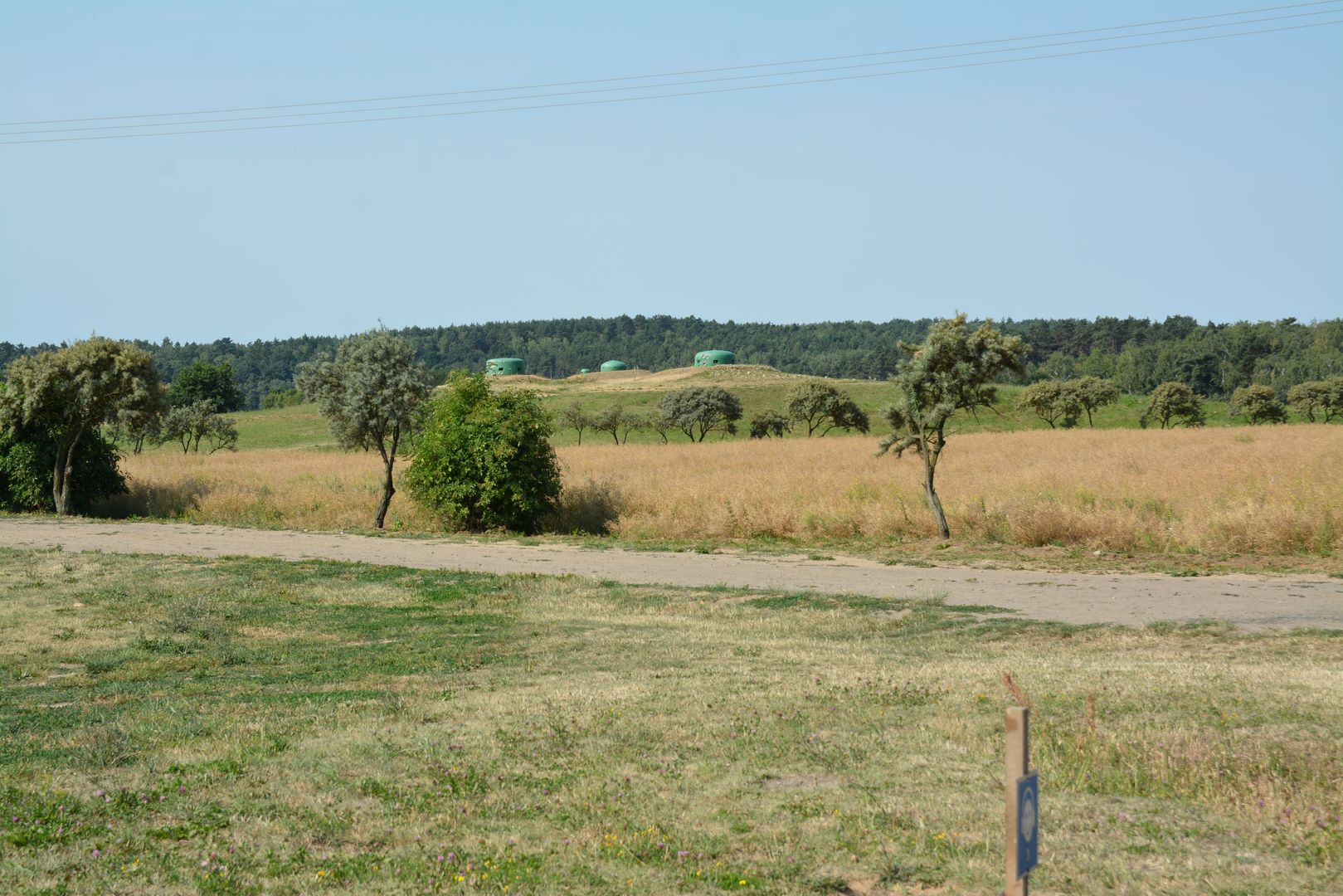Międzyrzecz Fortified Region
6.89

Overview
The Międzyrzecz Fortified Region (Międzyrzecki Rejon Umocniony, MRU) is a unique system of fortifications built by the Germans between 1934 and 1944 to protect the eastern border of the Reich. Located in the Lubuskie Voivodeship, near Międzyrzecz, the MRU consists of three sections: northern, central, and southern, each differing geographically and in terms of the density of structures. The Warta River in the northern section and the areas around the Oder in the southern part serve as natural barriers, while the central section features the most developed infrastructure. The construction of the MRU was influenced by the prohibitions of the Treaty of Versailles, which prompted the Germans to make secret preparations. The first fortifications were built as part of the so-called Nischlitz-Obra Line, and in 1936, the construction of heavy forts began. The central part of the MRU was planned to be one of the most powerful defense systems, with numerous bunkers and underground tunnels connecting individual elements. However, only a portion of the planned structures were completed, due to Adolf Hitler's dissatisfaction with the progress of the work. After the war, the MRU was managed by Soviet and Polish troops, and many structures were destroyed or abandoned. Today, the MRU is an interesting tourist attraction, with well-preserved underground passages that serve as a bat sanctuary. Over 30,000 individuals from 12 species hibernate in the underground tunnels, and the area has been protected as the Nietoperek Nature Reserve. The region also hosts cultural events, such as the Military Vehicle Rally, which attracts tourists and history enthusiasts. The MRU is listed in the provincial register of monuments, and its architecture and history form an important part of the region's cultural heritage. It offers a variety of tourist routes, drawing visitors interested in its underground corridors, their temperatures, and unique ecosystems.
Location
2025 Wizytor | All Rights Reserved